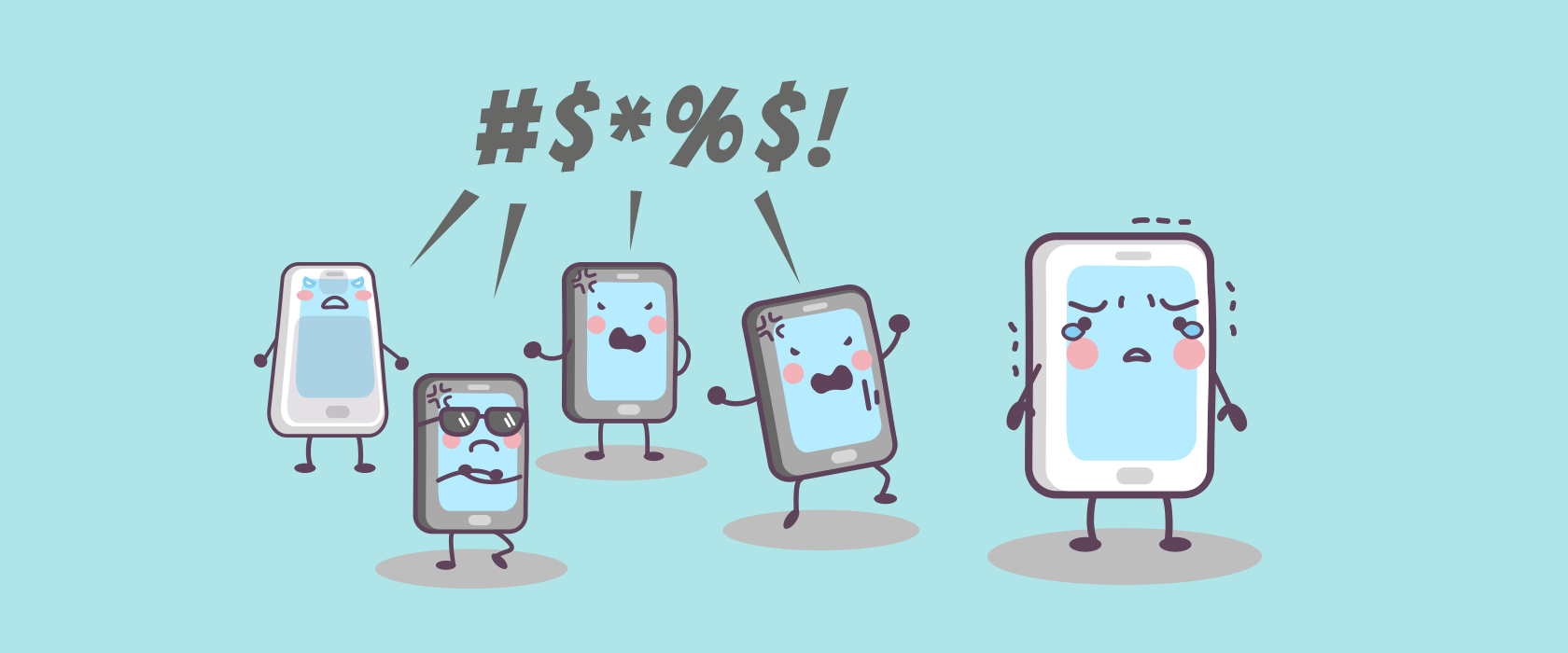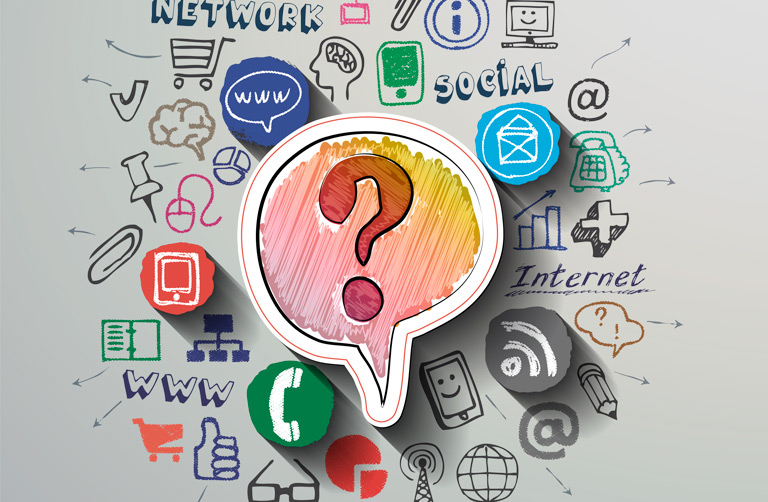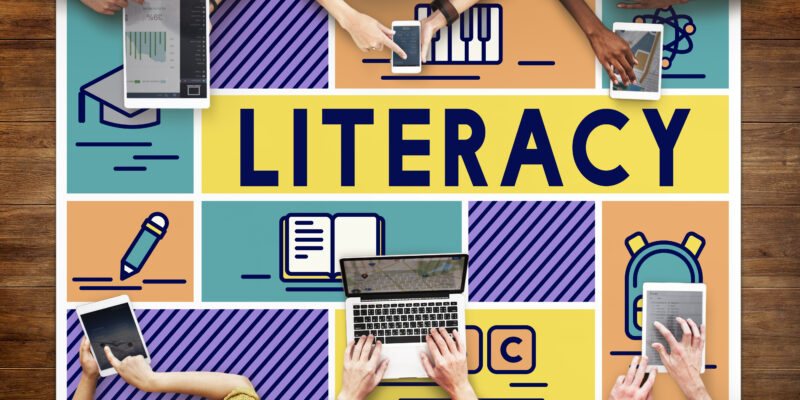Balancing PLN & Public Discourse

Identify the risks and benefits of engaging with a public audience in a media space – what are the risks for a public figure or person in a position of trust (educator, lawyer, government official)?
Today, the total number of global social media users has reached an all-time high and is still growing. You are one of them reading this article. People enjoy the efficiency of social media and indulge in it. However, the relationship between people and social media is not a single enjoyment or entertainment, but a double-edged sword. When we are using social media, people can find all our contacts anytime, anywhere, free and fast. In contrast, we are easily found by the public too. Daniel Trottier encountered a common situation in the interview. The interviewees frankly said that they joined Facebook and maintained a “positive” state on it, largely due to a kind of social pressure, because it is a kind of reciprocal activity. People living in this Internet feel more and more depressed and anxious. In the paper age, the information is more reliable, readers do not need to do too much information screening as the work is completed by senior editors and publishers instead. This explains why we feel newspapers had generally higher quality. In the age of digital media, things are suddenly different -social media has replaced traditional media. The most inspiring thing about social media is decentralization. There is no longer a single newspaper or a publishing house with authority, social media platforms provide opportunities for everyone to voice aloud but it does not accomplish the responsibility of traditional media information screening.
– How to best address negative replies and critiques reflective of your personal values and employer social media policy?
Research proves that feedback drives performance and leadership. (Tasha Eurich, 2018) Positive feedback is not as effective as negative feedback made by superiors, employees, and peers. To avoid reflective critiques make us defensive, aggressive, and self-conscious. So do not rush to react to the feedback, wise Bolger usually takes a few days and weeks to push past the emotion and make responses. Critics are brutally honest who argue the most valuable information which promotes people to recognize and improve weakness. With respect to employer social media policy and my personal values, I would like to hear more critical comments which I like to adjust and enhance my ability. For employer social media policy, I feel most of the company have eliminated the negative opinion of their product which relate to the market strategy. If they take it seriously and put effort on update the product, I would say it is the positive meaning of negative replies and critiques.
– How do notable individuals use social media?
Jody Vance said she volunteered for the first PGA tour and meet Scott Moore who gives her a great opportunity to become the first female sports broadcaster. I am very inspired by her story that she gained such a chance with the PLN. On social media, it’s more about Darwin rules which only the best on social media will survive, earn eyeballs and attraction because the “low pay” and “no pay” of journalism have eliminated the full-time journalist, instead, the gig economy spawned the freelancers who tout for the subscriber and marketing the wares.
– What are the benefits of being in the public eye and having a PLN?
PLN is a good life teacher which offer unlimited information, online resources and various website. Having PLN in the public presents the opportunity for community communication, learning, collaboration. People in the PLN can be much more different who contribute knowledge supported by credentials, research, argument, and they do not hesitate to teach you. In that connected world, we can share ideas, receive feedback, develop concepts and execute work.
– Building community with online tools provided by the employer can be limiting, what are the perceived restrictions and benefits?
Most businesses have social media involving recruitment, building public relationships, engaging employees and developing strategic tools. Social media not only increase the efficiency of employers to sharing knowledge but also offer lots of experience shared by professionals. Employees have potential problems when using the individuals’ social media accounts related to data, network, product security. Employers will control the usability and accessibility of social media by publishing policies and legal rules. The public relations department in the enterprise has the power to shop the way in the formulation, communication and implementation of social media policies.
– Delivering information in a connected society requires verifiable resources, how to build a PLN to rely on?
Find and connect trusted people to build a network of PLN and share interests and passion. PLN provides a broader side of knowledge and education. PLN involve many communities not limited but space challenge like classroom, city, country. The digital world combines professionals from different filed. Social media integrate our life with the international world and expand social connection. People are interested in touch with places they had experienced such as school, shop, coffee shop. Similar experiences make people comfortable which help them open mind, inspire them to find passion and happy which help us to build a related PLN.
– How do those, who are veteran storytellers, minimize risk in sharing misinformation?
We avoid being misled by invalid information in the age of explosive information. A veteran storyteller has the ability to extract core information from the mass of them. Everyone should start thinking about and proactive about the ability to filter information. When we read an article, we do not need to read every single work rather focus on the quality, reliability, timeliness of the information. We can find most status by reading the abstract, summary, introduction and conclusion of an article. That’s what we acquisitive, filter, and manage the risk of sharing misinformation and reuse them.
References:
1. MILLER. (2021c, February 28). EDCI 338 – JODY VANCE. YouTube. https://www.youtube.com/watch?v=dgZOJgJkdyI
2. Hirst, M. (2018). Navigating Social Journalism: A Handbook for Media Literacy and Citizen Journalism (1st ed.). Routledge. https://doi-org.ezproxy.library.uvic.ca/10.4324/9781315401263
3. Eurich, T. (2018, August 6). The Right Way to Respond to Negative Feedback. Harvard Business Review. https://hbr.org/2018/05/the-right-way-to-respond-to-negative-feedback




